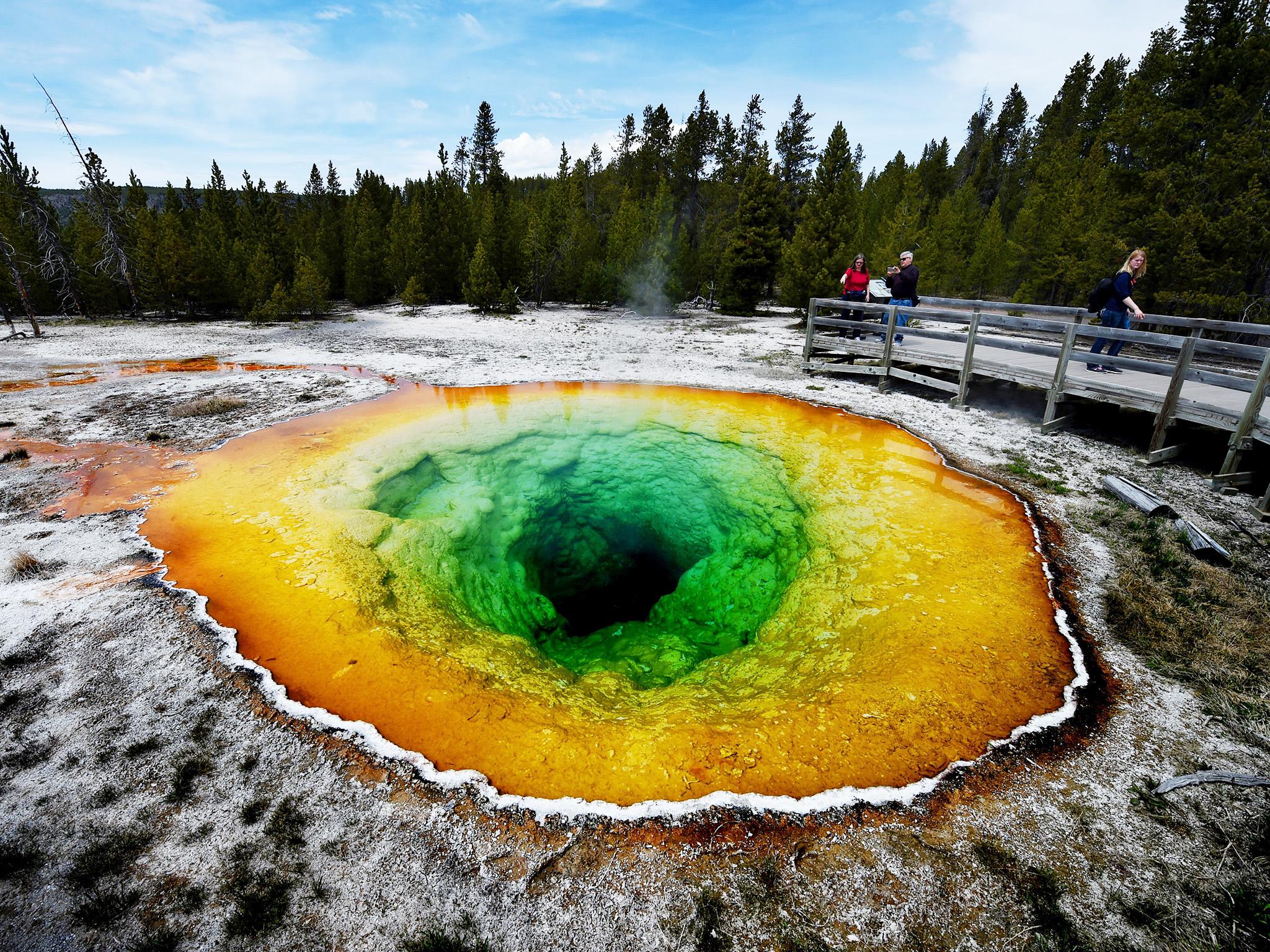Nasa reveals plan to prevent supervolcano eruption ‘greater than asteroid or comet threat’
Cost of project is in the region of £2.69bn and could generate geothermal energy

Your support helps us to tell the story
From reproductive rights to climate change to Big Tech, The Independent is on the ground when the story is developing. Whether it's investigating the financials of Elon Musk's pro-Trump PAC or producing our latest documentary, 'The A Word', which shines a light on the American women fighting for reproductive rights, we know how important it is to parse out the facts from the messaging.
At such a critical moment in US history, we need reporters on the ground. Your donation allows us to keep sending journalists to speak to both sides of the story.
The Independent is trusted by Americans across the entire political spectrum. And unlike many other quality news outlets, we choose not to lock Americans out of our reporting and analysis with paywalls. We believe quality journalism should be available to everyone, paid for by those who can afford it.
Your support makes all the difference.Scientists are working on strategies to prevent a supervolcano erupting which could have devastating effects on the world’s climate.
Nasa researchers believe that drilling into the base of one of the most dangerous supervolcanoes in the world, which is underneath Yellowstone National Park, could be the solution. High-pressure water jets would be pumped in to cool it down, releasing heat from the magma chamber and preventing it exploding.
However, drilling into a supervolcano has many potential dangers, says Brian Wilcox of Nasa’s Jet Propulsion Laboratory (JPL) at the California Institute of Technology.
“If you drill into the top of the magma chamber and try and cool it from there, this would be very risky,” he told the BBC.
“This could make the cap over the magma chamber more brittle and prone to fracture. And you might trigger the release of harmful volatile gases in the magma at the top of the chamber which would otherwise not be released.”
Mr Wilcox said he believes “the supervolcano threat is substantially greater than the asteroid or comet threat.”
A supervolcano eruption could cause long-term effects to the planet, including worldwide starvation and the release of massive amounts of sulphur dioxide into the atmosphere. The United Nations estimated that global food reserves would last just 74 days.
The biggest fear for volcanologists is wind-blown ash. "People who live upwind from eruptions need to be concerned about the big ones," said Larry Mastin, a USGS volcanologist.
Large eruptions give rise to umbrella clouds that push ash upwind and potentially over half the continent, Mr Mastin said in a Live Science report.
Major eruptions happen on average once every 100,000 years. The most recent supervolcanic eruption on the planet occurred 27,000 years ago at Taupo located at the midpoint of New Zealand's north island.
The US Geological Survey’s website states that Yellowstone will be eruption-free for centuries. However, Yellowstone explodes approximately on a 600,000 year cycle, says Mr Wilcox and “it is about 600,000 years since it last exploded.”
Nasa’s plan is to drill around 10km into Yellowstone and pump in water which would be slowly extracted. The cost of the project is in the region of £2.69bn. In future, a geothermal plant could be built, generating electric power.
Join our commenting forum
Join thought-provoking conversations, follow other Independent readers and see their replies
Comments